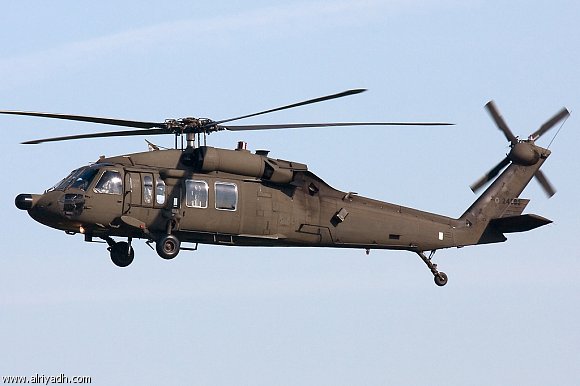أبشر أبشر
Technology Transfer
When Saudi Arabia purchased its first F-15C/Ds in 1978, the United States imposed restrictions on the numbers of aircraft the kingdom could use at any time (sixty) and on the technology incorporated into the aircraft. As a result, the F-15S variants purchased by the Saudis in 1993 included downgraded avionics, sensors, and weapons-carrying capacity, and the Saudis were not permitted to station them at Tabuk, a major air base near Israel. Yet over time, Saudi Arabia has managed to significantly upgrade all its F-15 models in a piecemeal fashion. It has also broken free of restrictions on the numbers and basing options established for its F-15 aircraft.
The present sale of F-15s could revive debates from past years. Details of the new F-15SA (Saudi Advanced) have not been made public, but according to the Wall Street Journal, "U.S. officials say the F-15s in the package will be 'very capable' aircraft, comparable to the F-15s flown by South Korea and Singapore." This means Saudi F-15SA aircraft may mount very advanced sensors, such as the Raytheon APG-63(V)3 active electronically scanning array radar. The acquisition could thus put Saudi radar capabilities ahead of Israel's, unless Israel compensates by negotiating the purchase of Lockheed Martin F-35 Joint Strike Fighters or F-15 upgrades. Saudi Arabia may also seek advanced precision weapons such as the Boeing AGM-84H Standoff Land Attack Missile Expanded Response (SLAM-ER) or the Lockheed Martin Joint Air-to-Surface Standoff Missile (JASSM), with ranges of 170 km and 370 km, respectively. Opinions differ over whether such so-called standoff weapons will be offered to the kingdom.
المصدر :
http://www.thecuttingedgenews.com/index.php?article=12479&pageid=20&pagename=Security



![-- :walw[1]: :walw[1]:](/vb/data/assets/smilies/c39c84e393dbca960a05b9f45e20e07203df7b3c.gif)